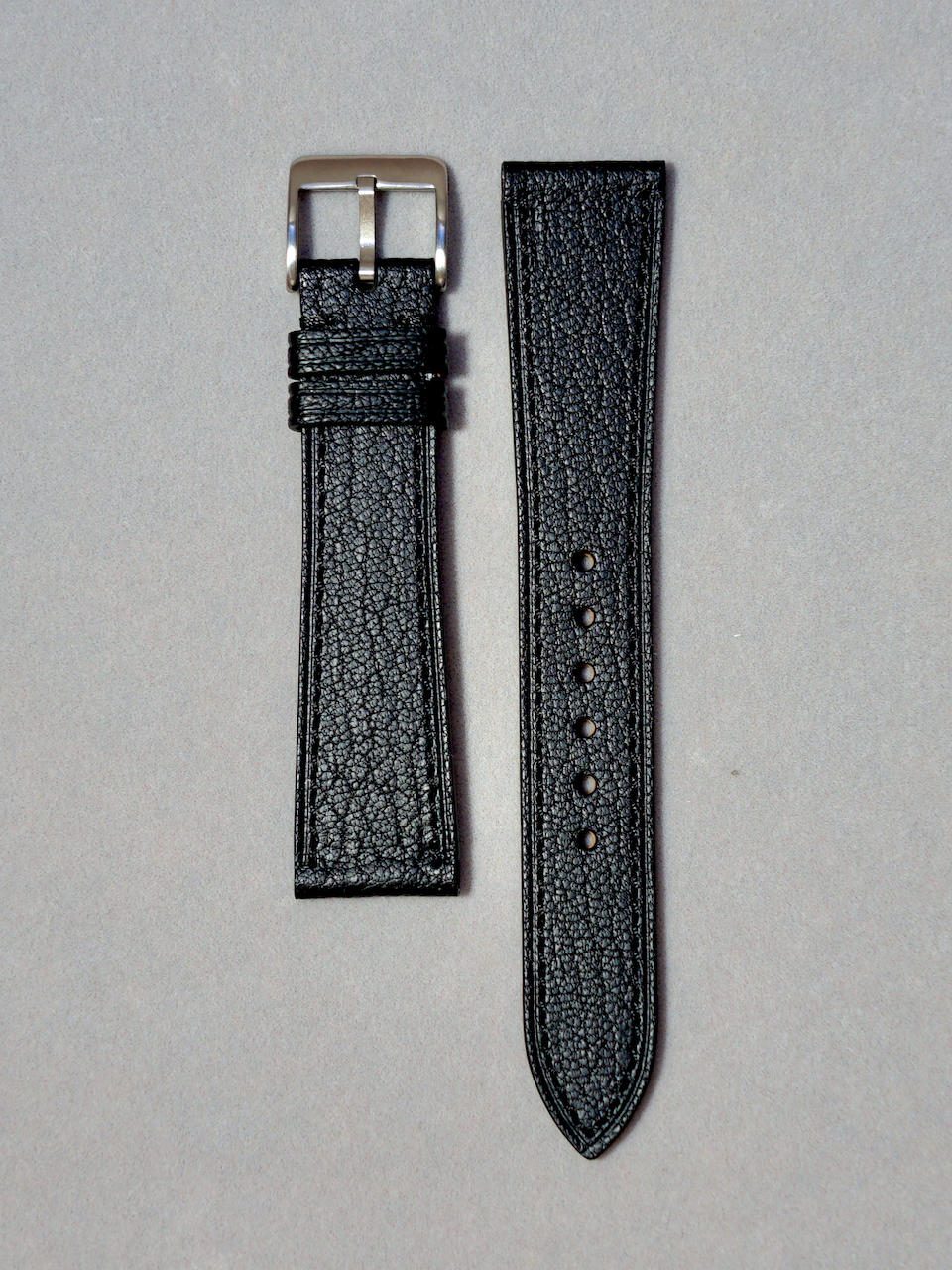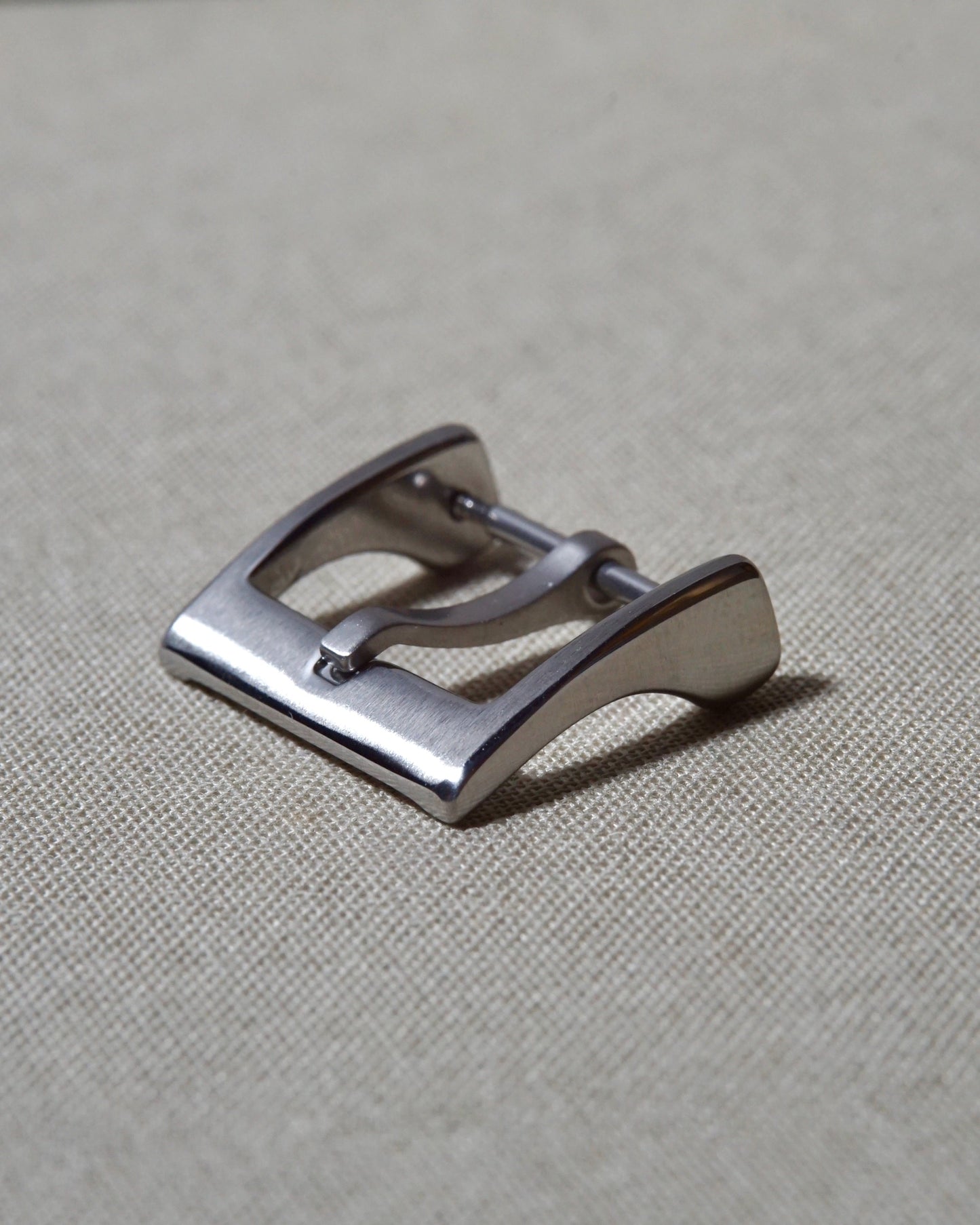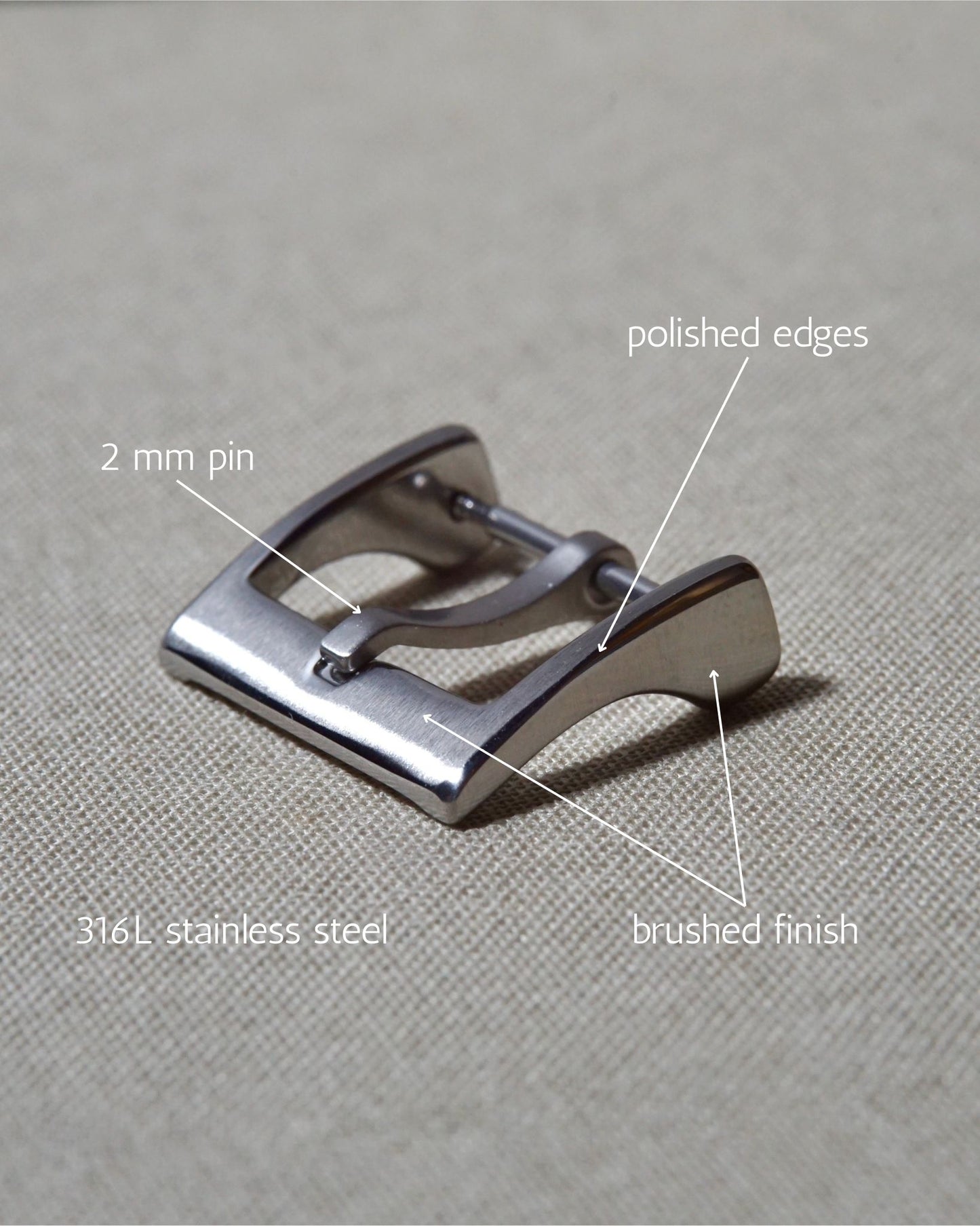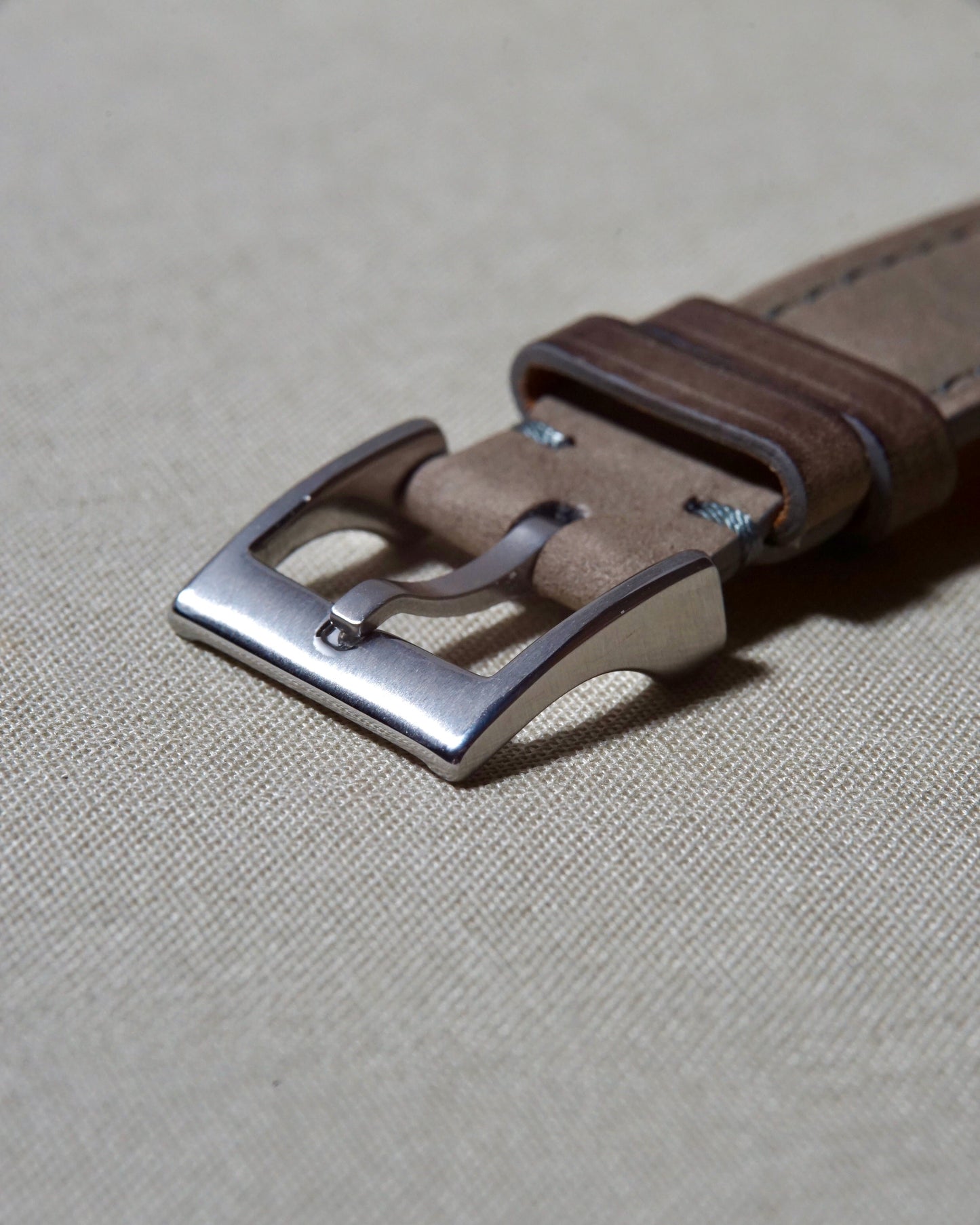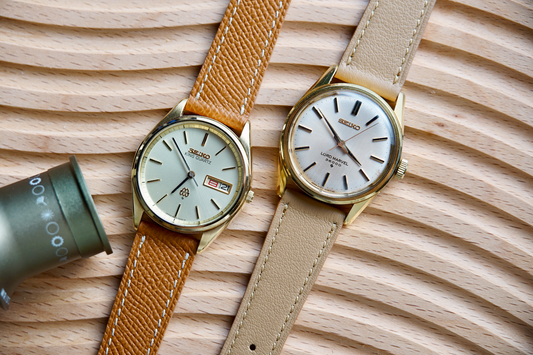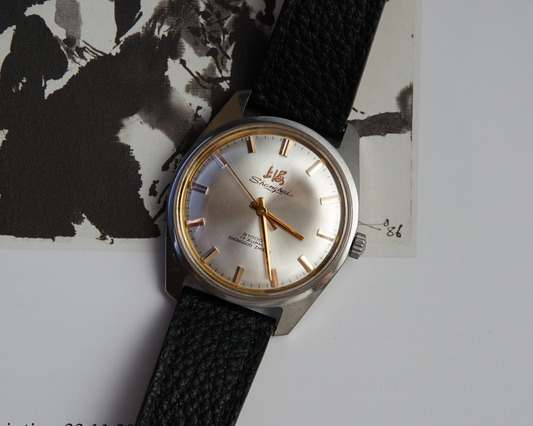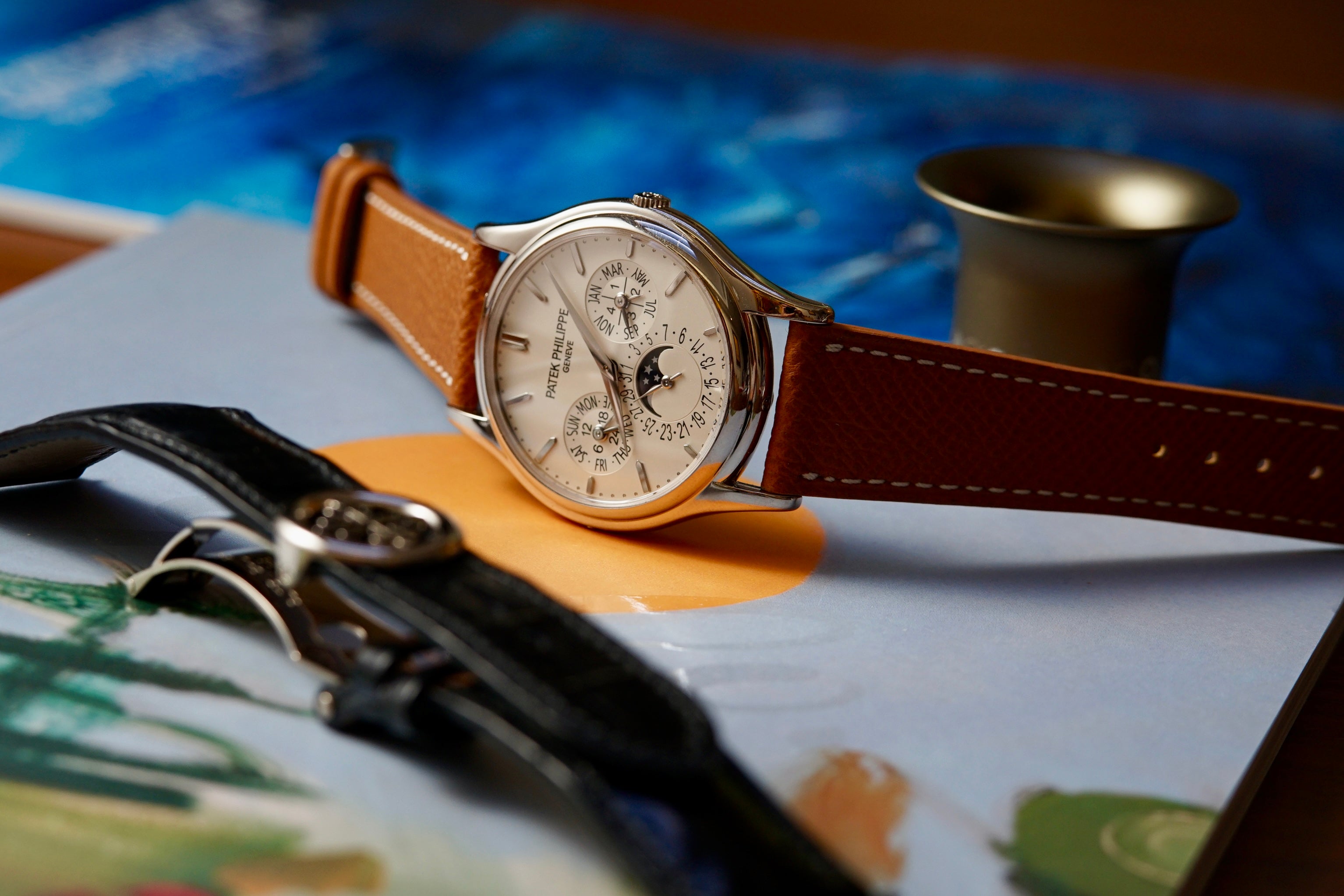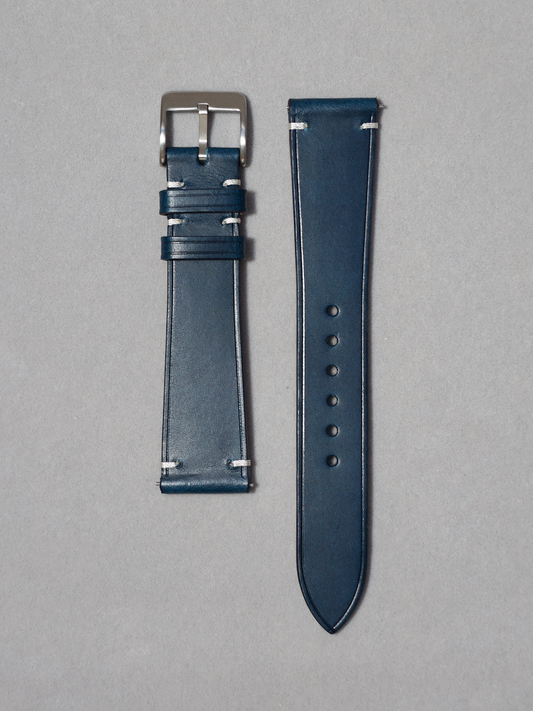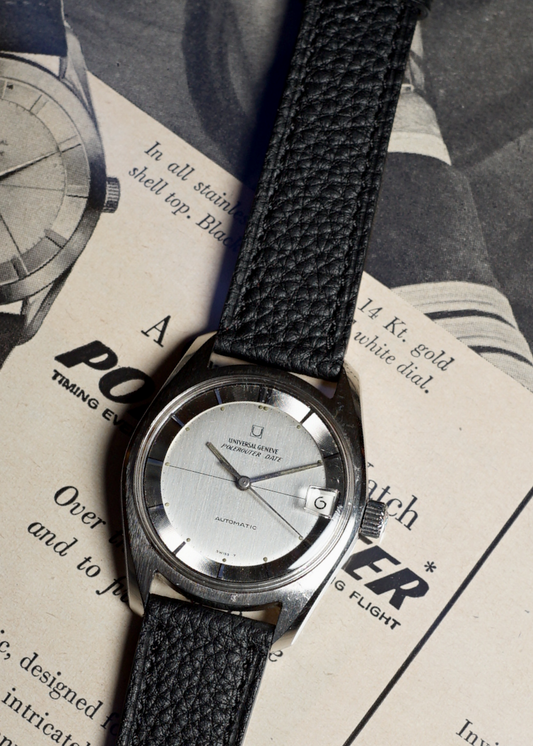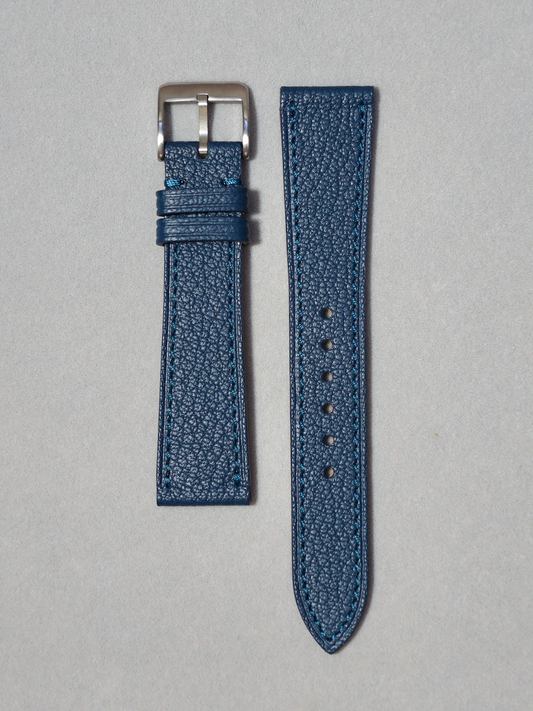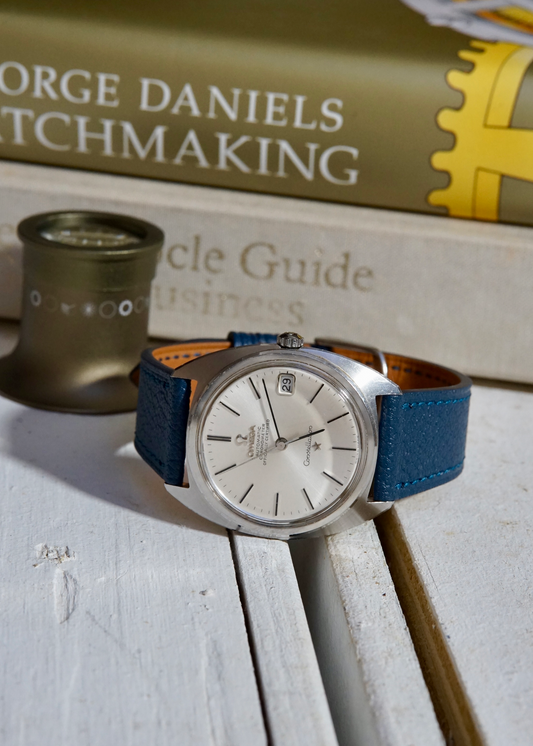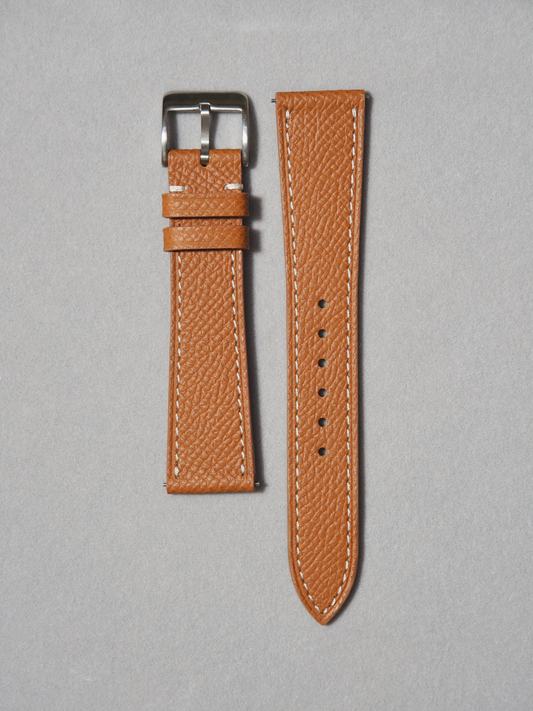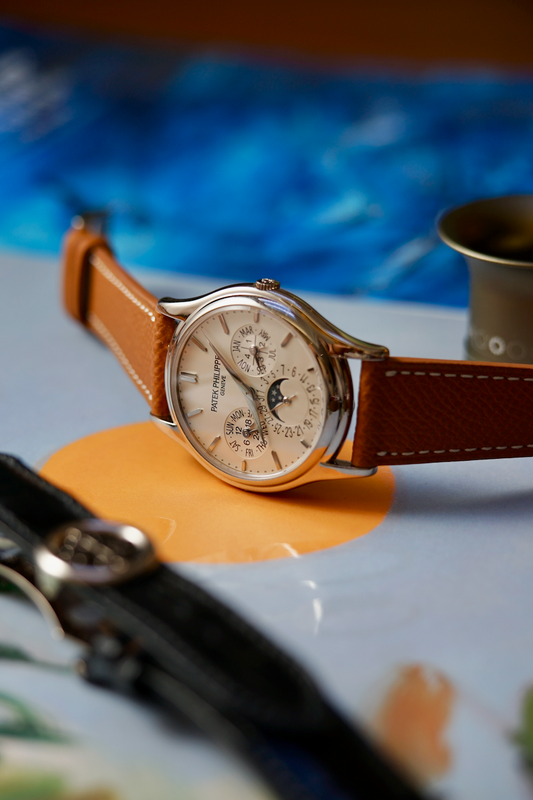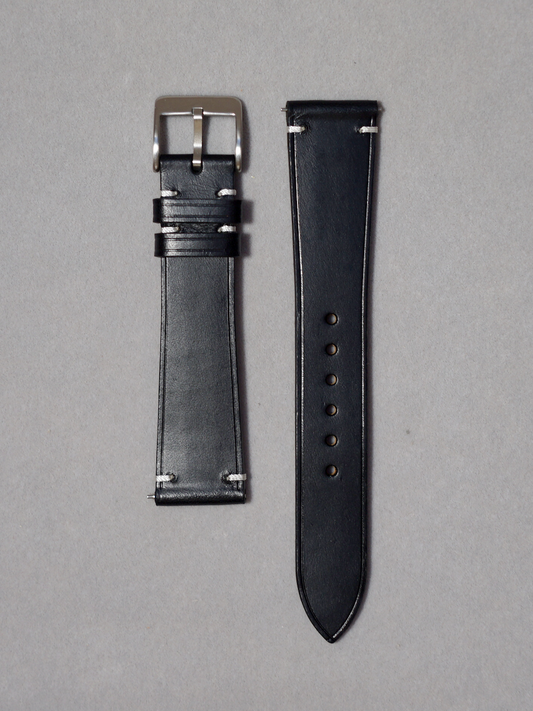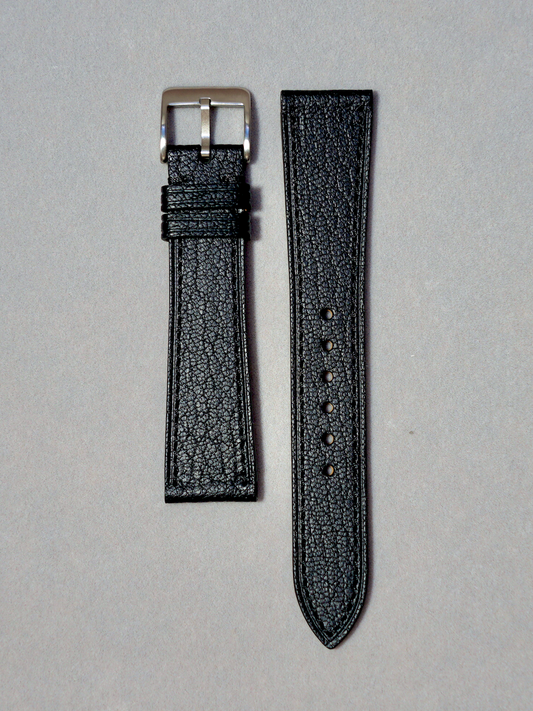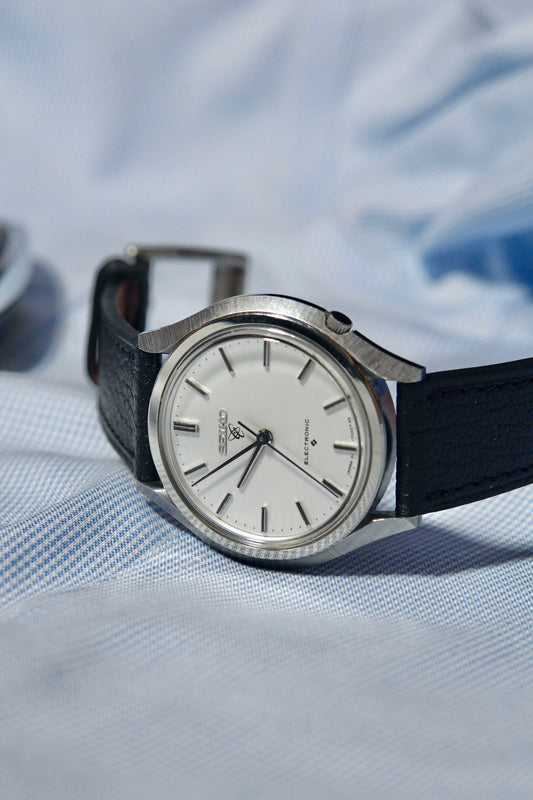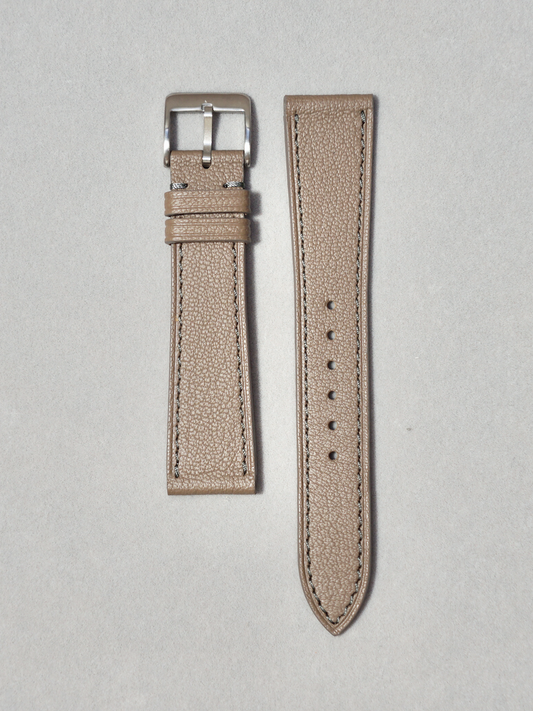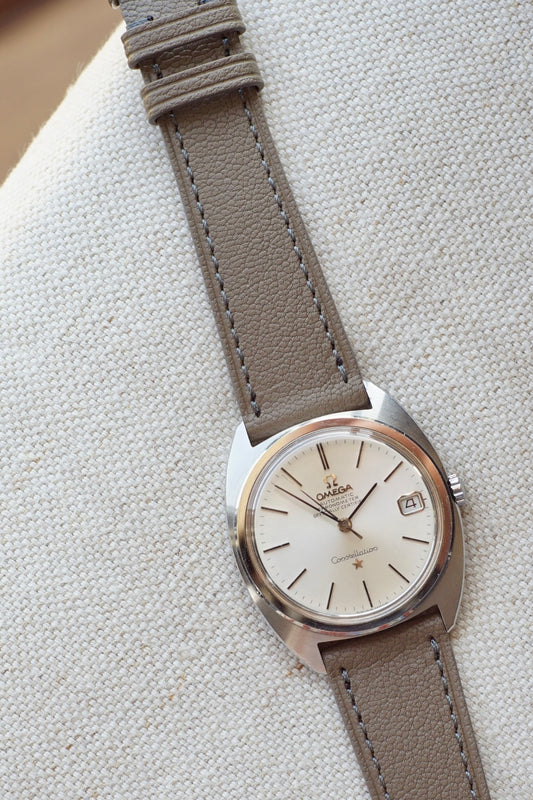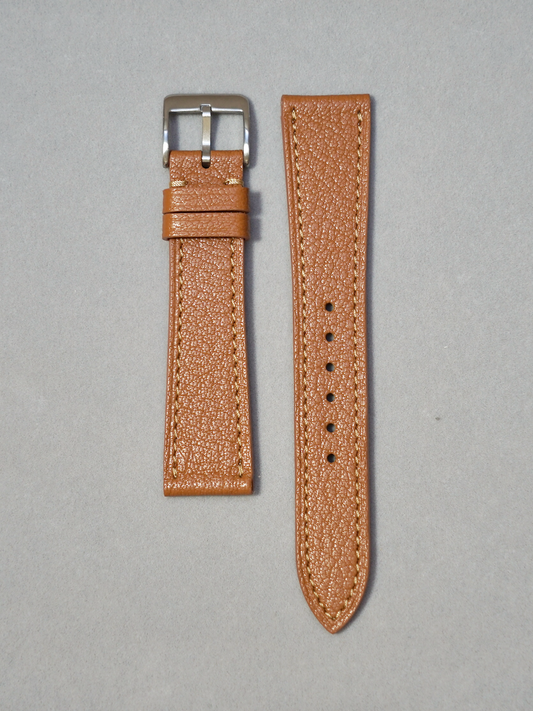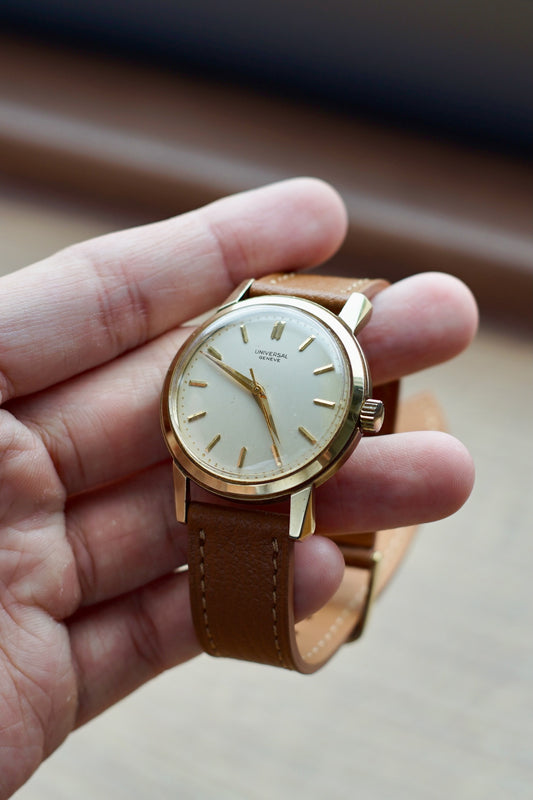
Understanding Watch Lug Width: A Complete Guide
When it comes to personalising your timepiece with a new watch strap, one crucial measurement can make or break your purchase: the lug width. Whether you're a seasoned collector or new to the world of watches, understanding lug width is essential for ensuring your new strap fits perfectly.
What Is Lug Width?
Lug width refers to the distance between the two lugs (sometimes called horns) on your watch case where the strap or bracelet attaches. These lugs secure your watch strap using spring bars, creating the connection between the watch case and the strap that holds it to your wrist. Getting this measurement right is crucial - even a millimeter's difference can mean the difference between a perfect fit and a disappointing purchase.

Not to be confused with Lug to Lug
The lug-to-lug measurement of a watch refers to the distance in millimeters from the highest point of the case lugs at the top to the lowest point at the bottom. This should not be confused with lug width, which measures the space between the lugs on the same side of the case and is essential for determining the appropriate strap width.
When selecting a strap, some consider the lug-to-lug measurement as it can influence the required strap length. For watches with the same case diameter, the strap length may vary depending on the lug-to-lug measurement. A longer lug-to-lug means the watch occupies more space on the top of your wrist, potentially requiring a shorter strap to achieve a proper fit.
Common Lug Width Sizes
While lug widths can vary significantly, most vintage watches fall within these ranges:
Most common: 17-20 mm
Some vintage watches may have smaller sizes, while some modern oversized watches might go up to 26mm
How to Determine Your Watch's Lug Width
There are several foolproof methods to find your watch's correct lug width:
-
Check Your Existing Strap
If you're wearing a leather strap, look for a number imprinted on the underside. Most quality straps have their width stamped directly on them - for example, "20" indicates a 20mm lug width. -
Direct Measurement
For the most accurate results, measure the space between your watch lugs using:
- Digital calipers (most precise)
- Millimeter ruler (ensure it's precise and you're measuring between the inner edges of the lugs)
-
Online Resources (last resort)
If you prefer not to measure:
- Check the manufacturer's official website
- Use watch databases like WatchBase
- Search your specific watch model + "lug width"
Why Proper Fit Matters
- Using the correct lug width isn't just about aesthetics - it's crucial for:
- Secure attachment: Too small, and the strap may slip; too large, and it won't fit at all
- Clean appearance: Incorrect sizing creates unsightly gaps or bunching
- Protecting your timepiece: Improper fitting can stress both the strap and watch lugs
Tips for Strap Shopping
When purchasing a new strap, you'll often see measurements like:
- 20 / 18 mm, OR
- 20 mm x 18 mm
The first number indicates the lug width, while the second number represents the buckle end width. Always match the first number to your watch's lug width.

Common Mistakes to Avoid
1. Don't estimate or eyeball the measurement - precise measurement is essential
2. Avoid forcing a wrong-sized strap to fit - this can damage both the strap and your watch
3. Remember that lug width is different from case size - don't confuse these measurements
Need Help?
If you're unsure about your watch's lug width or need assistance choosing the right strap, don't hesitate to:
- Send us a photo of your watch
- Request a measurement guide
Getting the right fit is crucial for both the look and function of your watch, and we're here to help ensure you make the perfect choice for your timepiece.
---
*Remember: Quality watch straps are an investment in both the appearance and longevity of your timepiece. Taking the time to determine the correct lug width is the first step toward a successful strap change.*
